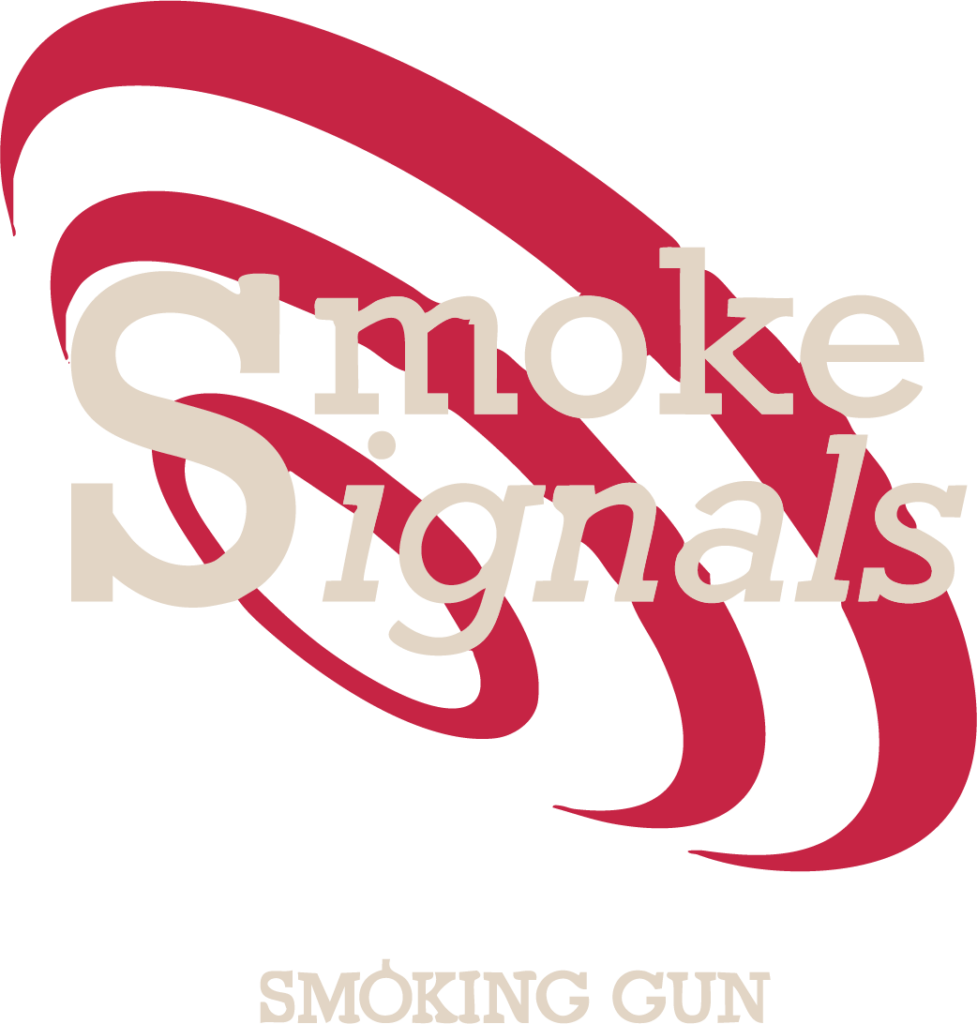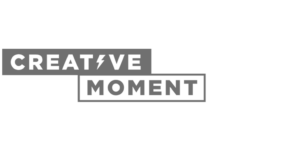It seems that Facebook has owned Instagram forever (three years is a long time in this day and age) and it’s come as a surprise to many that it’s taken this long for Instagram ads to be a viable option for all, rather than just for the biggest global brands with huge budgets.
As an agency, we use Facebook’s Power Editor platform to create and manage Facebook ads for our social media clients. It’s sadly often the case that UK brands have to wait for months or even years for the kind of upgrades and changes that the US enjoys first with Facebook advertising, but it looks like the Instagram ad integration which was mooted earlier this summer has finally become available, with no minimum spend as a barrier to entering the fray, and certainly no university degree in ‘geek’ required to create and manage campaigns.

It doesn’t seem to be currently available for all of the Facebook advertising accounts that we manage, (roll out for all UK accounts is expected to take a while) so our testing is in its early stages, but the most exciting thing about Instagram ads being part of Facebook’s Power Editor is that the targeting options for this audience should be totally transformed.
Previously it was only possible for advertisers to target Instagram users by gender, age and country, but now Facebook’s excellent native options can be applied (at least in part) to the Instagram audience as well. That means you can target by information such as interests, job titles, stages of life and much much more.
More accurate targeting means better value for money when it comes to social ad spend – not every brand has a budget which stretches to reach millions on Instagram – now you don’t have to! You can target just the audience you know have the best chance of converting.
It’s currently only possible to set up Instagram ads through Power Editor with a couple of objectives, app installs and website clicks, but this is definitely progress and gives brands a new option for driving website traffic. Having a definitive call to action on these two types of Instagram ads means that measuring their immediate success is fairly straightforward.

This type of Instagram ad appears in the user’s feed along with the content from users and brand they already follow, but with the difference of a dedicated call to action button and a ‘sponsored’ label.
In terms of cost and performance, only time, testing and experimentation will tell how it stacks up against Facebook and Twitter ads – but I suspect that this will result in some brands, who previously didn’t have an Instagram presence, making this platform more of a priority with it’s accessible way of reaching discerning tough young audience of 16-24s. Of course Instagram isn’t the right platform for every brand – it naturally lends itself to consumer brands with aspirational lifestyle-type products – but this is potentially an exciting opportunity for some.
We ran a quick and dirty test ad overnight earlier this week for our very own SGPR account with a small budget of £10 just to see what kind of results we could expect. No big creative idea – the objective was simply to push people to a landing page on our site. UK-specific targeting, with interests and job titles relating to digital and social media marketing.
The average cost per click to the website from this ad registered in Facebook’s reporting platform as £0.07p and a conversion rate of 1.6%, with the majority of the 150+ website clicks coming from 18-24 year olds, as you might expect given the demographics of Instagram users. The post also got just over 300 likes, showing that engagement seems to be par for the course regardless of it not being the primary ad objective.

This test certainly proved to be more cost effective than I was envisioning, and the quality of traffic seems to be decent despite the slightly fluffy targeting and not particularly exciting image, with a low bounce rate, and a couple of contact form completions from all of the Instagram ad-driven visits shown in Google Analytics.
The next step for us is to set up more strategic ad testing, using a variety of content as hooks, significantly more polished visuals, more segmented targeting and definitive calls to action on landing pages so that evaluating results and measuring success is more straightforward. Proving ROI will be vital as with all marketing platforms.
The onus is now on Instagram to display these ads (which will surely suddenly increase greatly in volume) responsibly, not in a way which will irritate users , which is no easy task! It’s a promising start though, and we look forward to bringing this option into more of our relevant brands’ social media strategies in the future.
Our Awards
Why stop at global stardom and incredible sales? When our clients work with us, they get the silverware to boot. We’re not into tooting our own horns, but the awards we’ve won with our clients are too good to miss…









